Home>Garden Essentials>How Much Green Space Can We Afford During A Housing Crisis
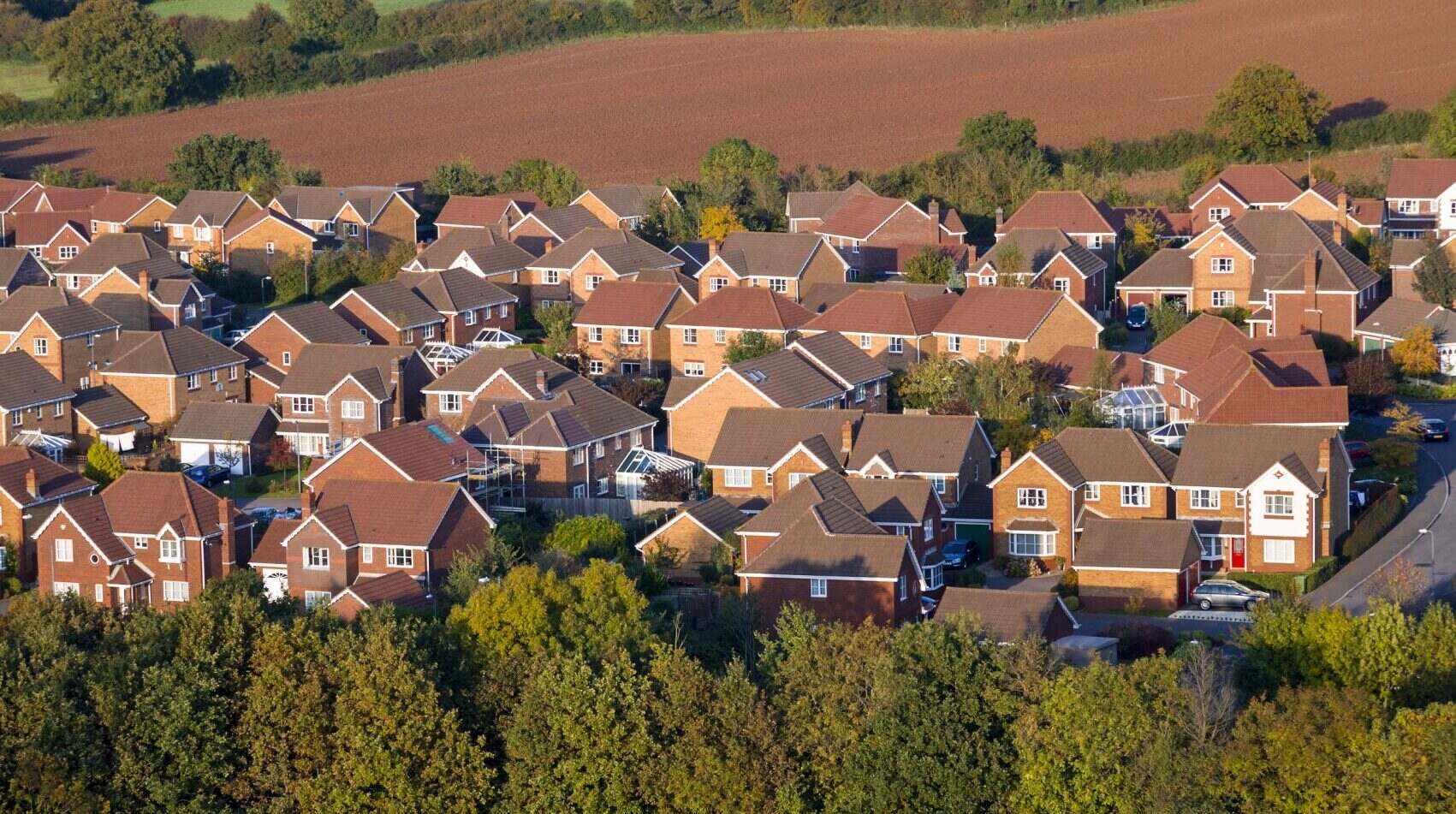

Garden Essentials
How Much Green Space Can We Afford During A Housing Crisis
Modified: August 27, 2024
Discover the balance between housing needs and the importance of green spaces. Explore how to incorporate a garden in the midst of a housing crisis.
(Many of the links in this article redirect to a specific reviewed product. Your purchase of these products through affiliate links helps to generate commission for Storables.com, at no extra cost. Learn more)
Introduction
In the midst of a housing crisis, when the demand for affordable housing is at an all-time high, it may seem counterintuitive to prioritize green space. However, striking a balance between providing adequate housing and preserving green spaces is crucial for the overall well-being of communities.
Green spaces, such as parks, gardens, and open recreational areas, offer a plethora of benefits that contribute to the physical, mental, and social health of residents. These spaces provide opportunities for exercise, relaxation, and social interaction, serving as vital lifelines in urban environments characterized by high-density housing.
Unfortunately, the housing crisis often leads to a reduction in available green spaces. The need for rapid urban development and increased housing stock often results in the conversion of green spaces into residential areas. This not only deprives communities of the many benefits of green spaces but also exacerbates the challenges associated with the housing crisis.
As we navigate the complex landscape of balancing green space and housing during a crisis, it is essential to consider various factors that impact this delicate equilibrium. These factors include the availability of land, financial constraints, community demands, and the overall vision for urban planning.
This article aims to explore the interplay between housing crisis and green spaces, highlighting strategies and case studies that showcase successful initiatives in providing and preserving green spaces within these challenging circumstances. By understanding the benefits, challenges, and potential solutions, we can create more sustainable and livable communities even in the midst of a housing crisis.
Key Takeaways:
- Green spaces are essential for our health and well-being, even during a housing crisis. Balancing housing needs with parks and gardens creates healthier and happier communities.
- Innovative solutions, like rooftop gardens and shared green spaces, can maximize green areas in housing crisis situations. Collaborative planning and community involvement are key to creating sustainable neighborhoods.
Read more: How To Keep Grass Green During Winter
The Importance of Green Space
Green spaces play a crucial role in creating healthy and thriving communities. They offer a range of benefits that extend beyond the aesthetic appeal of plants and trees. Green spaces provide a sanctuary from the hustle and bustle of urban life, fostering a sense of connection with nature and improving overall well-being.
One of the primary benefits of green spaces is the positive impact they have on our physical health. These areas provide opportunities for exercise, whether it’s jogging, walking, or engaging in outdoor sports. The availability of well-maintained parks and recreational spaces encourages residents to lead active lifestyles, reducing the risk of obesity, heart disease, and other lifestyle-related ailments.
Mental health is equally important, especially in densely populated urban areas. Green spaces offer a respite from the concrete jungle, providing a calming environment where individuals can relax and unwind. Exposure to nature has also been proven to reduce stress levels, combat anxiety and depression, and improve cognitive function.
Furthermore, green spaces facilitate social interaction and community engagement. Parks serve as gathering places for families, friends, and neighbors, fostering a sense of belonging and strengthening social bonds. They create opportunities for people of all ages and backgrounds to come together, promoting inclusivity and fostering a sense of community cohesion.
Green spaces also provide environmental benefits that contribute to sustainability efforts. Trees and plants absorb carbon dioxide, helping to mitigate climate change and improve air quality. They also act as natural cooling agents, reducing the heat island effect in urban areas and creating more comfortable living conditions.
Additionally, green spaces enhance the aesthetic appeal of neighborhoods, increasing property values and attracting potential residents. People are drawn to areas with ample greenery, knowing that they can enjoy the benefits of a healthier and more vibrant environment.
Recognizing the importance of green spaces is vital, especially during a housing crisis. While the demand for affordable housing is undeniably pressing, neglecting the provision and preservation of green spaces can have long-term detrimental effects on the overall well-being and livability of communities.
The Housing Crisis and its Impact on Green Space
The housing crisis, characterized by a shortage of affordable housing and skyrocketing housing prices, has a significant impact on the availability and preservation of green spaces. As land becomes a scarce resource, the pressure to develop more housing units often leads to the conversion of green spaces into residential or commercial areas.
This rapid urban development poses a challenge to maintaining a balance between providing housing solutions and preserving green spaces. The demand for housing frequently takes precedence, leaving limited space for parks, gardens, and other forms of green infrastructure.
One of the repercussions of the housing crisis is the loss of existing green spaces. As developers acquire land to meet the housing demand, previously established parks and recreational areas may be demolished or reduced in size, leaving communities with fewer opportunities for outdoor activities and nature appreciation.
This loss can be particularly detrimental to low-income communities that often face the brunt of the housing crisis. These communities may already lack access to quality green spaces, placing them at a further disadvantage in terms of recreational opportunities, health benefits, and overall well-being.
The housing crisis also impacts the design and planning of new residential developments. In an effort to maximize housing density, developers may prioritize the construction of high-rise buildings, leaving limited space for green areas. This can result in neighborhoods that lack the necessary green infrastructure to support a healthy and sustainable living environment.
Furthermore, the absence of green spaces in densely populated areas can contribute to the phenomenon known as “nature deficit disorder.” This term describes the disconnect between individuals and the natural world, resulting in a lack of understanding, appreciation, and concern for the environment. The absence of accessible green spaces inhibits opportunities for people to engage with nature and develop a sense of stewardship for their surroundings.
It is crucial to recognize the myriad benefits that green spaces provide and find ways to navigate the housing crisis without compromising the availability and quality of these areas. Balancing the need for affordable housing with the preservation and creation of green spaces is essential for creating sustainable and livable communities.
Factors to Consider in Balancing Green Space and Housing Crisis
When it comes to balancing green space and housing during a crisis, several factors need to be carefully considered. These factors play a critical role in determining how to navigate the housing crisis while still prioritizing the provision and preservation of green spaces. Here are some key considerations:
- Land Availability: The availability of land is a fundamental factor in determining the feasibility of green space provision. In densely populated urban areas, finding suitable land for both housing and green spaces can be challenging. Utilizing vacant or underutilized land, repurposing brownfield sites, or exploring creative land use solutions can help overcome this obstacle.
- Financial Constraints: The cost of land acquisition, development, and maintenance of green spaces can pose financial challenges. It is important to assess funding options, such as public-private partnerships, grants, and community participation strategies, to ensure the allocation of resources to both housing and green spaces.
- Community Engagement: Engaging the community is crucial in understanding their needs and preferences. Conducting surveys, hosting public meetings, and involving residents in the decision-making process can help create an inclusive and sustainable approach. This ensures that green spaces are designed and located in a way that best serves the needs of the community.
- Urban Planning and Design: Integrating green spaces into the urban fabric requires thoughtful planning and design. Incorporating green infrastructure, such as rooftop gardens, vertical forests, and pocket parks, can maximize the use of limited space. Emphasizing walkability, connectivity, and accessibility between housing and green spaces can encourage active lifestyles and community interaction.
- Multi-functional Green Spaces: Maximizing the benefits of green spaces can be achieved through their multi-functional design. For example, integrating green infrastructure with affordable housing developments or incorporating community gardens within parks can address both housing and green space needs simultaneously.
- Policy and Regulation: Implementing supportive policies and regulations is crucial for ensuring the provision and preservation of green spaces. Land use regulations, zoning policies, and incentives for developers to incorporate green spaces can create a favorable environment for their inclusion in housing developments.
By taking these factors into account, decision-makers can strike a balance between addressing the pressing housing crisis and ensuring that green spaces remain an integral part of our communities. It requires creative solutions, collaboration between various stakeholders, and a commitment to creating sustainable and healthy environments for all.
Case Studies of Green Space Initiatives in Housing Crisis Situations
Throughout the world, innovative green space initiatives have emerged in response to housing crises, demonstrating that it is possible to prioritize both housing and green spaces. These case studies highlight successful examples of balancing these two crucial aspects:
- The High Line, New York City, USA: The High Line is a remarkable example of transforming abandoned railway tracks into a vibrant green space. This elevated park stretches 1.45 miles in Manhattan and has become a popular destination for locals and tourists alike. By repurposing an underutilized space, New York City was able to provide much-needed green infrastructure while revitalizing the surrounding neighborhood.
- Freiburg, Germany: Freiburg’s experience proves that sustainability and green spaces can thrive during a housing crisis. The city implemented sustainable urban planning measures, emphasizing energy-efficient housing and integrated green spaces. Through a combination of passive solar design, district heating, and green roofs, Freiburg created a model for eco-friendly housing developments that value the preservation of green areas.
- Copenhagen, Denmark: Copenhagen sets a high standard when it comes to incorporating green spaces into urban planning. The city features an extensive network of parks, gardens, and green corridors that are integrated seamlessly with residential areas. This deliberate emphasis on green infrastructure has helped Copenhagen maintain a high-quality living environment, even in the face of a growing housing demand.
- Vancouver, Canada: Vancouver’s approach to housing and green space has been shaped by their commitment to sustainability and livability. The city has implemented policies to ensure that new housing developments prioritize green spaces, whether through rooftop gardens, public plazas, or neighborhood parks. By mandating the inclusion of green spaces, Vancouver has succeeded in maintaining a balance between housing and nature.
- Malmö, Sweden: Malmö has demonstrated that even in densely populated urban areas, green spaces can thrive. The city transformed the industrialized Western Harbor into a sustainable housing district featuring green roofs, rain gardens, and community gardens. By incorporating green infrastructure into the very fabric of the development, Malmö created a cohesive and environmentally friendly living environment.
These case studies illustrate the importance of innovative thinking and collaborative efforts in addressing housing crises while prioritizing green spaces. By learning from the successes of these initiatives, we can inspire and inform future developments, ensuring that both housing and green spaces are essential components of well-rounded and sustainable communities.
Consider incorporating green space into housing developments by utilizing rooftop gardens, community gardens, and pocket parks. This can help maximize space while still providing access to nature for residents.
Strategies for Maximizing Green Space in Housing Crisis Areas
While the housing crisis presents challenges in terms of green space provision, there are strategies that can help maximize green spaces in these areas. By adopting innovative approaches and leveraging available resources, communities can create more sustainable and livable environments. Here are some strategies to consider:
- Integrating Green Infrastructure: Incorporate green infrastructure into housing developments to optimize land use. This can include green roofs, vertical gardens, and urban agriculture, which not only provide green space but also offer environmental benefits such as improved air quality and stormwater management.
- Adaptive Reuse: Explore the adaptive reuse of existing structures or repurpose vacant lots for green spaces. Abandoned buildings, unused parking lots, or industrial sites can be transformed into community gardens, pocket parks, or playgrounds, providing much-needed green spaces in housing crisis areas.
- Shared Spaces: Implement shared green spaces that serve multiple housing units. Rather than assigning individual yards or gardens, create communal spaces where residents can come together to cultivate and enjoy greenery. These shared spaces promote a sense of community and encourage cooperation among residents.
- Green Corridors and Linkages: Create green corridors or linkages that connect different neighborhoods, enhancing walkability and promoting access to green spaces. These corridors can be linear parks, bike paths, or tree-lined streets that traverse housing crisis areas, improving connectivity and providing residents with opportunities to engage with nature.
- Vertical and Rooftop Gardens: Encourage residents to incorporate vertical gardens or rooftop gardens in housing complexes. This not only maximizes available space but also allows individuals to experience the benefits of green spaces without sacrificing housing density. Rooftop gardens can also help regulate indoor temperatures, reduce energy consumption, and mitigate the urban heat island effect.
- Urban Forests: Foster the development of urban forests by planting trees on sidewalks, medians, and public spaces. Trees provide shade, improve air quality, and create a sense of natural beauty. While they may require careful planning to avoid conflicts with infrastructure, urban forests can significantly enhance the quality of life in housing crisis areas.
- Land Trusts and Community Gardens: Establish land trusts to protect green spaces from future development. Community gardens can be integrated into these trusts, allowing residents to cultivate their own food while fostering a sense of ownership and community engagement. These initiatives provide opportunities for sustainable agriculture, education, and social interaction.
By implementing these strategies, communities can optimize the available space and make the most of green infrastructure, even in the midst of a housing crisis. These innovative approaches ensure that both housing needs and the benefits of green spaces are prioritized, creating more sustainable and resilient communities.
Benefits of Green Space in Housing Crisis Situations
Green spaces offer a multitude of benefits in housing crisis situations, contributing to the well-being and livability of communities facing the challenges of affordable housing shortages. Despite the urgency to address housing needs, the inclusion and preservation of green spaces are essential. Here are some key benefits:
- Physical and Mental Health: Access to green spaces promotes physical activity and leads to better health outcomes. Residents can engage in outdoor activities like walking, jogging, or playing sports, improving cardiovascular fitness and reducing the risk of chronic diseases. Moreover, spending time in nature has a positive impact on mental health, reducing stress, anxiety, and depression.
- Community Connectivity: Green spaces serve as gathering places, fostering social interaction, and community connectivity. Parks, gardens, and recreational areas provide spaces for families, friends, and neighbors to come together, strengthening social bonds, and enhancing community cohesion.
- Improved Air Quality: Green spaces play a significant role in improving air quality by absorbing carbon dioxide and releasing oxygen. Trees and plants act as natural filters, reducing pollution levels and mitigating the impacts of urban environments. This is particularly important in housing crisis situations where high-density living can exacerbate air pollution.
- Climate Resilience: Green spaces contribute to climate resilience by regulating temperature and mitigating the urban heat island effect. Trees provide shade, reducing the need for energy-intensive cooling, and helping to create more comfortable living conditions. Moreover, green spaces can aid in stormwater management by absorbing rainfall and reducing the risk of flooding.
- Property Value and Attractiveness: The presence of green spaces enhances the desirability and property value of housing areas. Access to parks, gardens, and green infrastructure is a sought-after feature for homebuyers, potentially increasing property values and attracting investment. This benefits both current residents and the long-term sustainability of housing crisis areas.
- Sense of Well-being: Green spaces contribute to a sense of well-being and quality of life. Being surrounded by nature, even in small pockets, helps to alleviate feelings of confinement and stress associated with living in high-density areas. This contributes to the overall satisfaction and happiness of residents, creating more resilient communities.
- Education and Recreation: Green spaces provide opportunities for education and recreation. Community gardens, nature trails, and environmental programs enable residents to learn about sustainable practices, biodiversity, and gardening while providing recreational activities for individuals of all ages. This promotes environmental awareness and understanding within housing crisis areas.
In housing crisis situations, the benefits of green spaces cannot be overlooked. They contribute to the physical, mental, and social well-being of residents, enhance the attractiveness of housing areas, and create more resilient and livable communities. By considering these benefits and prioritizing the provision and preservation of green spaces, we can address the urgent housing needs while ensuring the long-term sustainability and health of our communities.
Challenges and Limitations in Providing Sufficient Green Space during a Housing Crisis
While the provision of green space is crucial in housing crisis situations, there are several challenges and limitations that need to be addressed. These factors can make it difficult to provide sufficient green spaces that meet the needs of communities facing affordable housing shortages. Here are some key challenges:
- Limited Land Availability: One of the primary challenges in housing crisis areas is the scarcity of available land for both housing and green space. The high demand for affordable housing often leads to a prioritization of housing development over the provision of green spaces. The need to maximize housing density can leave little room for parks, gardens, and recreational areas.
- Financial Constraints: Allocating resources for green space initiatives can be a significant challenge during a housing crisis. Limited funding and budgetary constraints may make it difficult to invest in the development and maintenance of green spaces. This can result in a lack of amenities, limited landscaping, and reduced accessibility to quality green spaces.
- Competing Priorities: Balancing the urgent need for affordable housing with the provision of green spaces presents a challenge. Local authorities and developers often face competing priorities, with housing development taking precedence due to immediate demand. Green spaces can be perceived as optional or less essential, leading to their neglect or deprioritization.
- Community Resistance: In some cases, there may be resistance from the community towards the allocation of land for green spaces. Community members may prioritize housing solutions over green infrastructure, fearing that the inclusion of green spaces will delay housing developments or drive up housing costs. Overcoming community opposition and garnering support for green spaces can be a significant hurdle.
- Infrastructure Limitations: The existing infrastructure in housing crisis areas may pose limitations on the provision of green spaces. For example, uneven terrain, lack of proper drainage systems, or limited access to utilities can make it challenging to develop and maintain green spaces. Retrofitting existing infrastructure to accommodate green spaces can be costly and time-consuming.
- Timing and Implementation: The housing crisis often demands swift action and immediate solutions. The process of planning, designing, and implementing green space initiatives can take time and require careful coordination between various stakeholders. This can result in delays in the provision of green spaces, leaving communities without the full benefits until the projects are completed.
Despite these challenges, it is crucial to recognize the importance of green spaces in creating sustainable and livable communities. By addressing these limitations and finding creative solutions, such as utilizing underutilized land, exploring partnerships for funding, and engaging the community in the decision-making process, it is possible to overcome these challenges and provide sufficient green spaces even during a housing crisis.
Conclusion and Recommendations
In conclusion, green spaces play a vital role in housing crisis situations, contributing to the well-being, health, and livability of communities. While there are challenges and limitations in providing sufficient green space during a housing crisis, it is crucial to strike a balance between addressing the urgent need for affordable housing and ensuring the preservation and provision of green areas.
Based on the understanding of the importance of green spaces and the challenges involved, here are some key recommendations:
- Integrate Green Space in Urban Planning: Incorporate green space considerations into urban planning processes. This involves setting aside suitable land for parks, gardens, and recreational areas from the early stages of development, along with implementing policies that prioritize green infrastructure and multi-functional spaces.
- Collaborate with Stakeholders: Foster collaboration and engagement amongst government agencies, developers, community organizations, and residents. This ensures that decisions related to housing and green spaces are made collectively, taking into account the diverse needs and priorities of the community.
- Seek Creative Solutions: Explore innovative approaches to maximize green spaces within housing crisis areas. This can include adaptive reuse of existing structures, incorporating green infrastructure into housing developments, and utilizing vertical or rooftop gardens to optimize space utilization.
- Invest in Maintenance and Upkeep: Allocating sufficient resources for the maintenance and upkeep of green spaces is crucial to ensure their long-term viability. Adequate funding and proactive management strategies are necessary to preserve the quality and accessibility of green areas.
- Educate and Empower the Community: Raise awareness about the benefits of green spaces and involve the community in green space initiatives. Encourage resident participation in community gardens, tree planting programs, and environmental education activities to foster a sense of ownership and stewardship.
- Promote Green Space Equity: Address disparities in green space distribution within housing crisis areas by ensuring that all residents have equitable access to quality green spaces. Consider the unique needs of underserved communities and prioritize green spaces in these areas to promote a sense of equality and social justice.
- Advocate for Supportive Policies: Advocate for policies that prioritize the provision and preservation of green spaces. This includes land use regulations, zoning policies, and incentives that incentivize developers to incorporate green infrastructure in housing developments.
By implementing these recommendations, communities can create a harmonious balance between providing affordable housing and sufficient green spaces. This will foster sustainable, healthy, and well-connected neighborhoods, even in the midst of a housing crisis. It is through collective effort and strategic planning that we can create communities that are both livable and environmentally sustainable.
Frequently Asked Questions about How Much Green Space Can We Afford During A Housing Crisis
Was this page helpful?
At Storables.com, we guarantee accurate and reliable information. Our content, validated by Expert Board Contributors, is crafted following stringent Editorial Policies. We're committed to providing you with well-researched, expert-backed insights for all your informational needs.
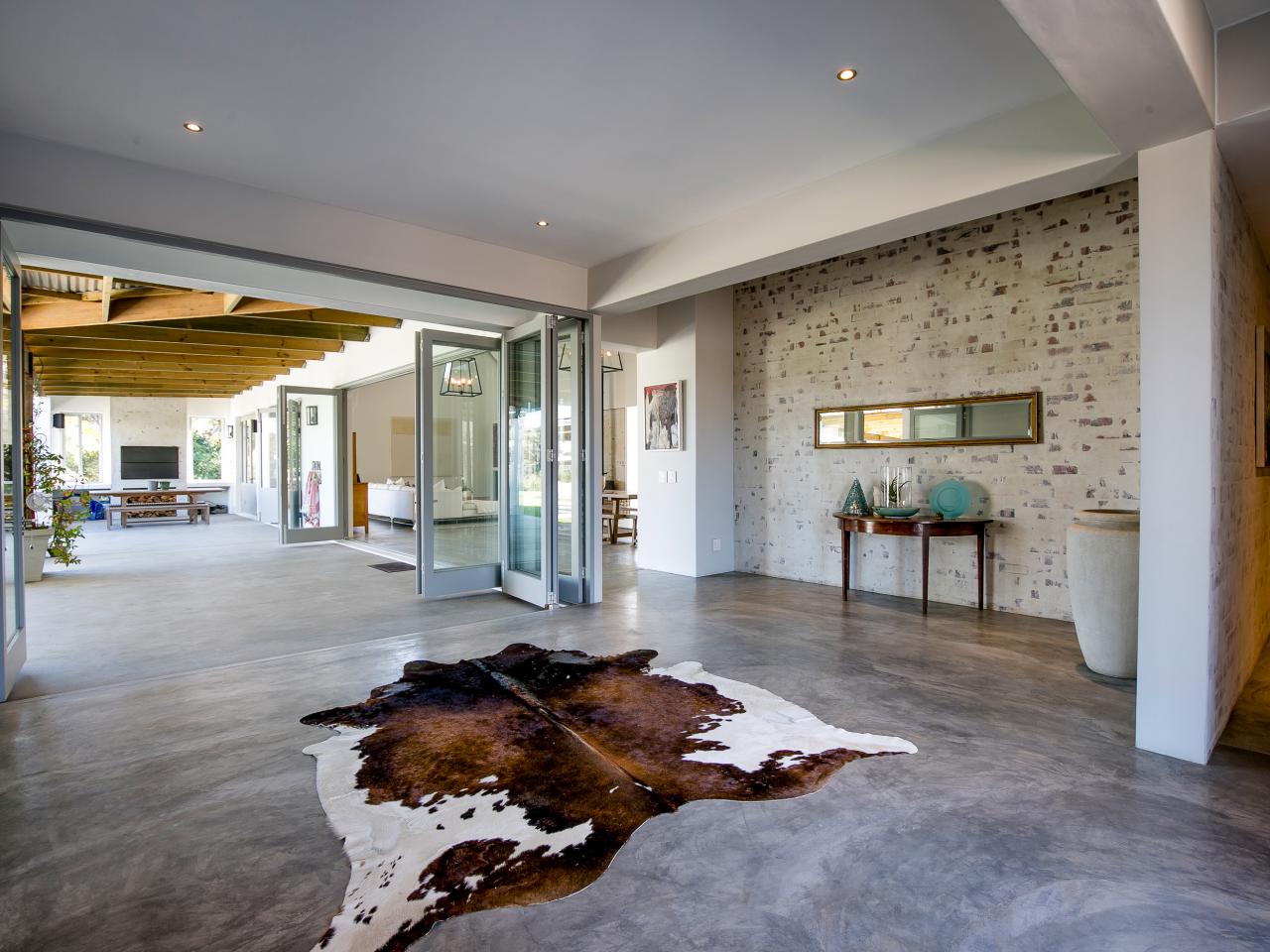
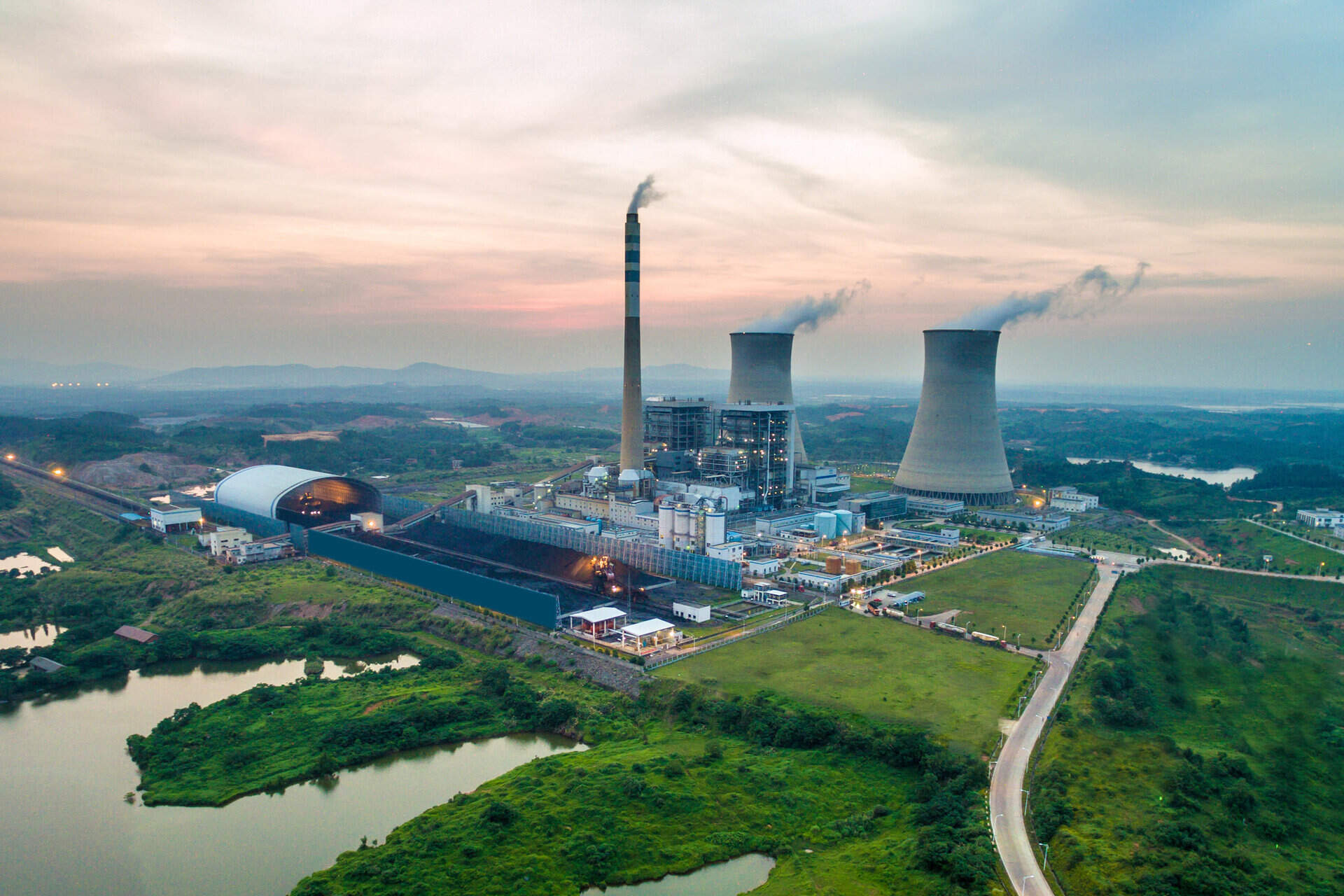
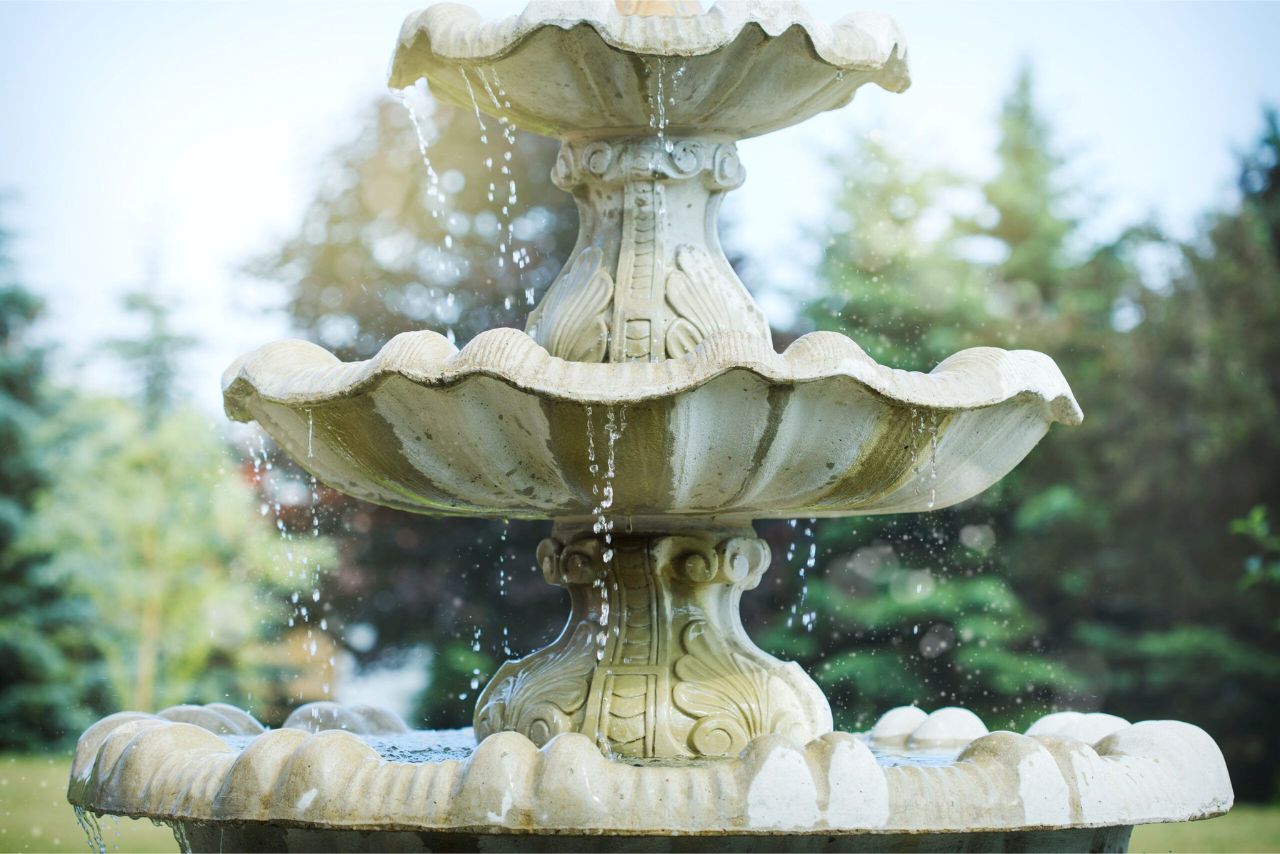
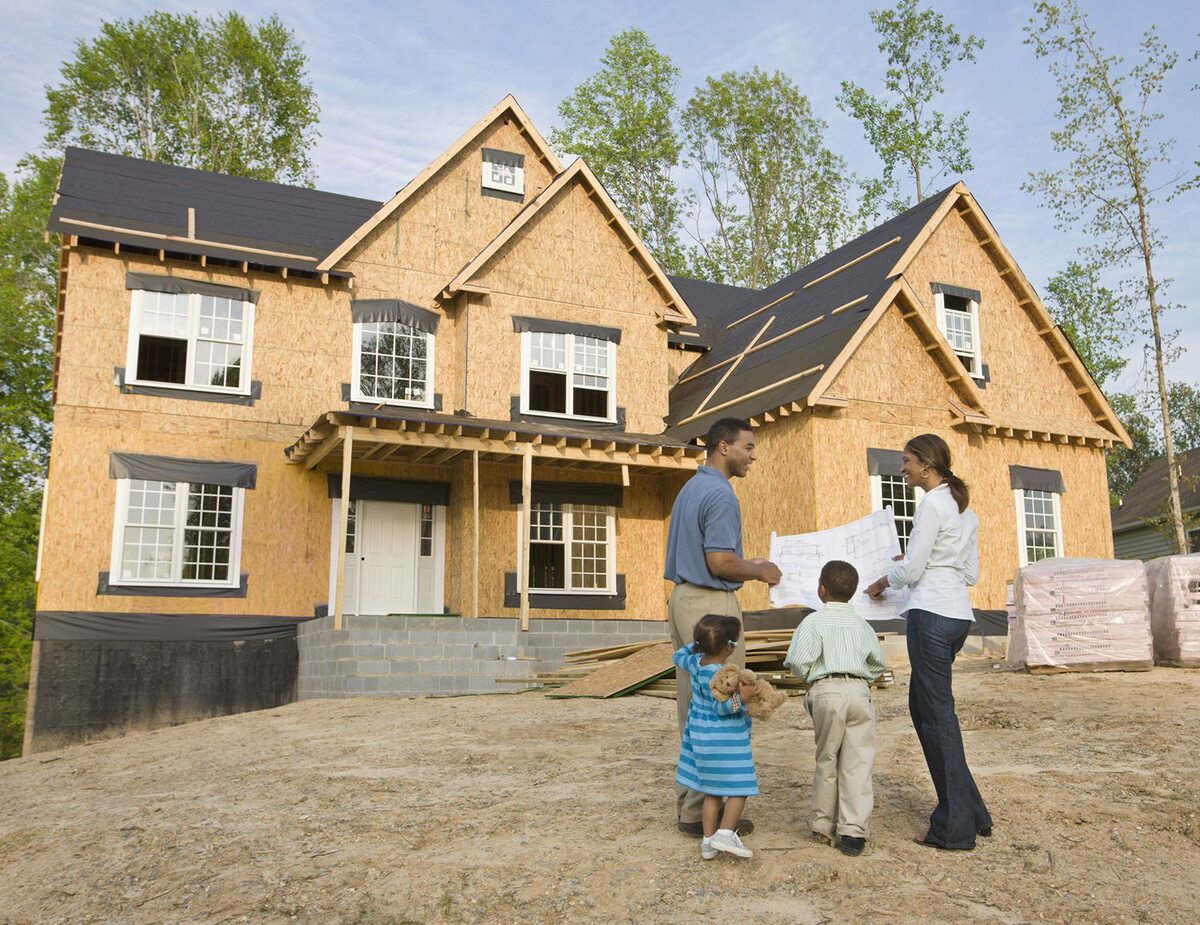



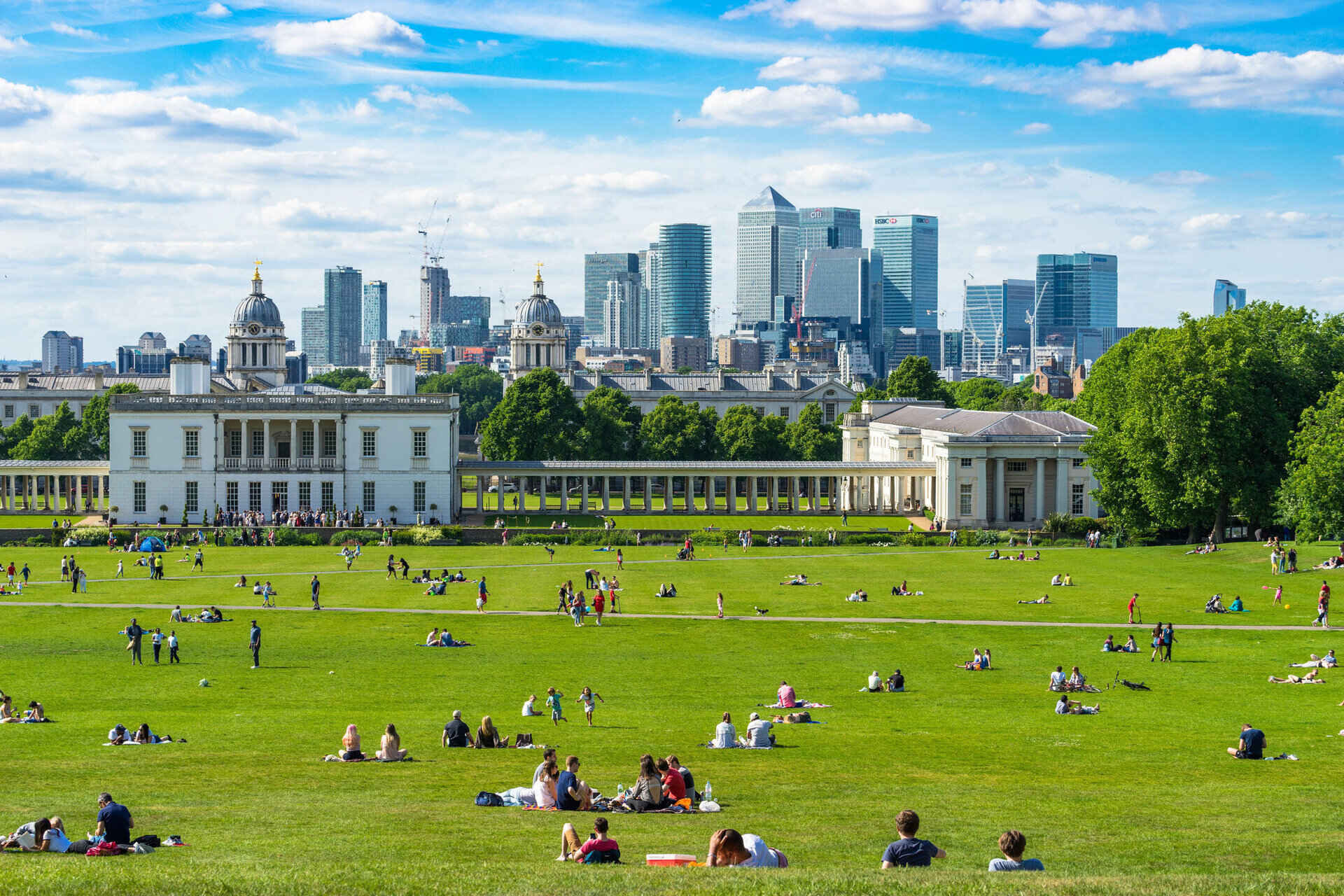



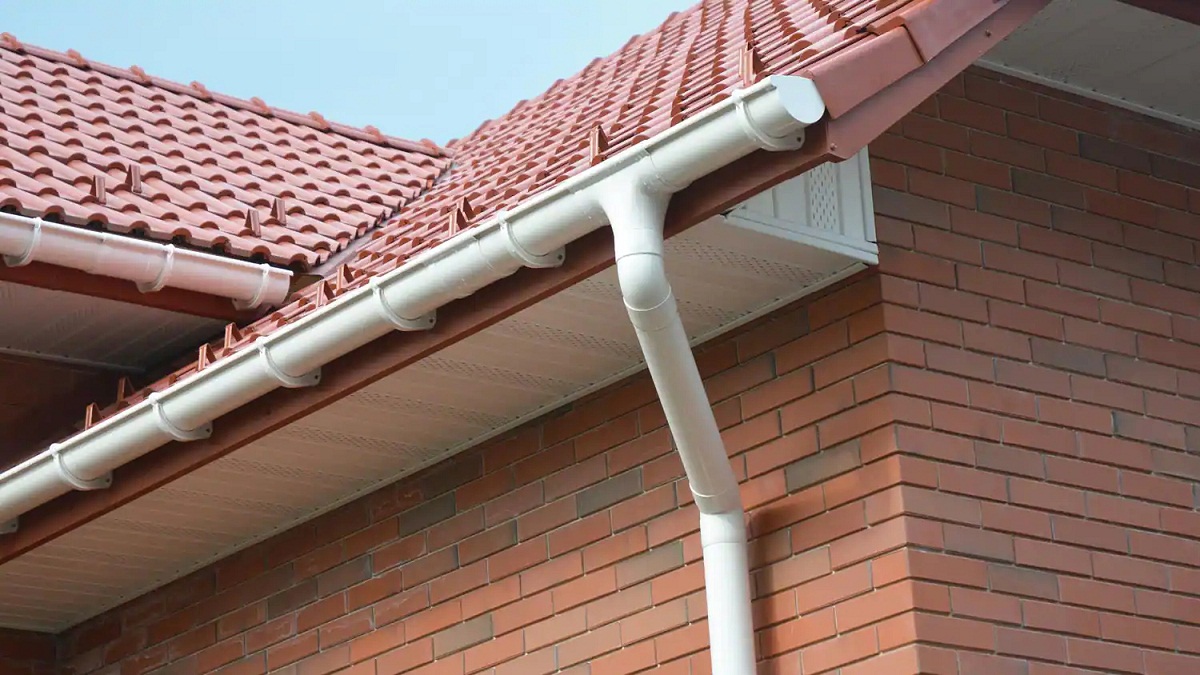
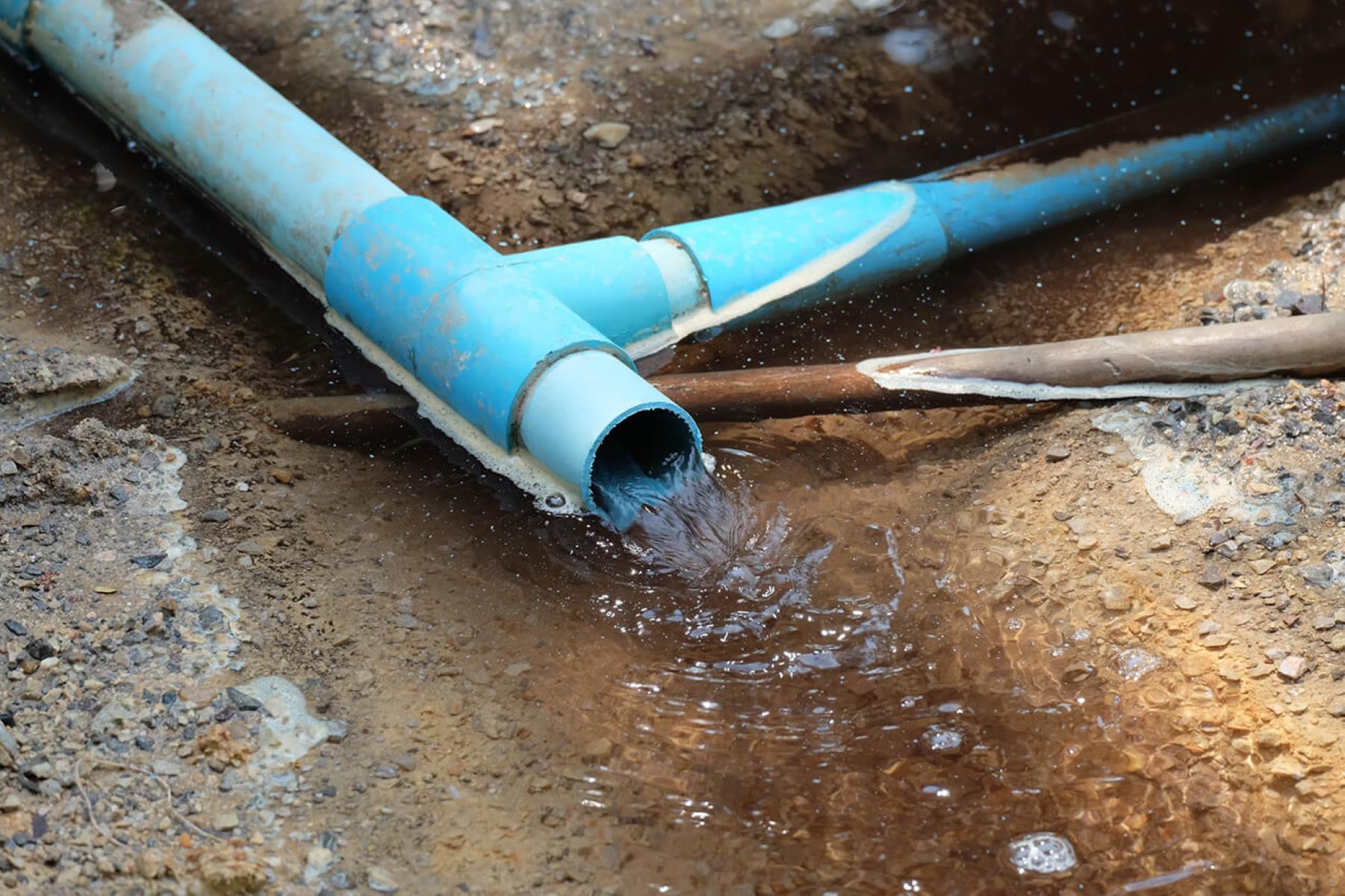
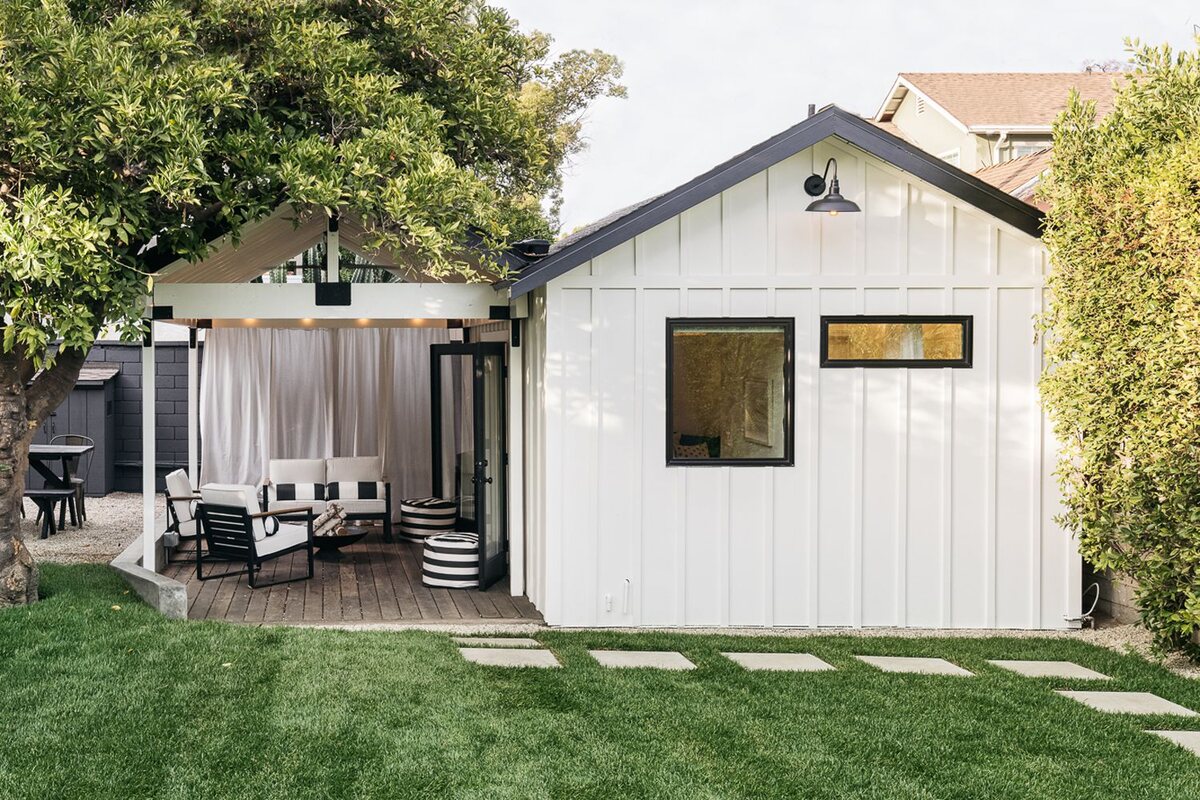

0 thoughts on “How Much Green Space Can We Afford During A Housing Crisis”